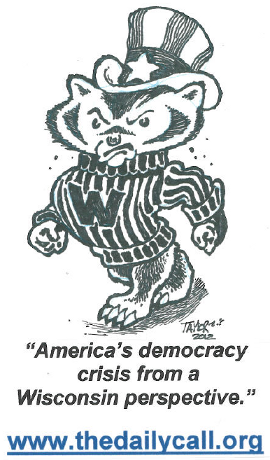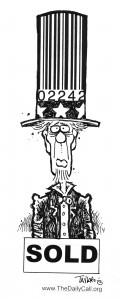A train that derailed and caught fire early on Wednesday in rural North Dakotawas hauling crude from the state’s oil patch, but it was not immediately known whether it had been treated under new state rules aimed at reducing the volatility of oil from the region.
The BNSF Railway train was hauling Bakken oil loaded in the Tioga area, said Jeff Zent, spokesman for Governor Jack Dalrymple. He did not know the history of the crude.
“Those are questions that will have to be answered,” Zent said.
The derailment follows a string of oil train fires linked to the volatile crude from the Bakken region and is the first since the state in April began requiring companies to reduce the volatility of Bakken crude before it can be transported, raising questions about whether the new standard is sufficient. A spokeswoman for BNSF Railway did not immediately respond to an Associated Press request for comment.
North Dakota officials have said the rules would make the volatility of treated oil comparable to gasoline. Critics have said the state’s requirements were too lax and insufficient to prevent major fires.
No injuries were reported in the derailment, at about 7.30am, which prompted the evacuation of the 20-resident town of Heimdal, about 115 miles north-east of Bismarck. Ten tanker cars on the train caught fire, creating thick black smoke, a state emergency services spokeswoman, Cecily Fong, said.
Curt Benson, a 68-year-old retired sheriff who alerted authorities, said he was getting ready for the day when the explosion outside town rattled his house. With the large number of oil trains that come through the community each day, he figured that was the cause.
“I got in my car, still in my underwear, had shaving cream on my face, and drove down there,” he said.
The Federal Railroad Administration, the National Transportation Safety Board and the Environmental Protection Agency all sent investigators. The EPA wants to gauge any contamination to waterways in the vicinity, spokesman Rich Mylott said. The rail line through Heimdal runs next to an intermittent waterway known as the Big Slough, which drains into the James River about 15 miles downstream near Bremen, North Dakota.
There were preliminary indications that some oil from the derailed cars got into Big Slough, but it will be difficult to verify until the fire dies down and officials can get closer to the scene, the state environmental health chief, Dave Glatt, said. In a similar incident outside Casselton in December 2013, almost all of the spilled oil was consumed in the fire, he said.
The health department was monitoring air quality and advising people not to breathe in the smoke. The danger from the smoke is mainly from the particles it contains such as ash, not toxic chemicals, Glatt said. Rain might have helped wash some of the particles out of the smoke, though it might also keep the plume closer to the ground and more likely to be encountered by people, he said.
No other evacuations were planned, Fong said.
The train had 109 cars, 107 with crude oil and two buffer cars between the tankers and engine that were loaded with sand, BNSF said. It was unclear how many derailed. There was no immediate word on the cause.
Since 2006, the US and Canada have seen at least 24 oil train accidents involving a fire, derailment or significant amount of fuel spilled, according to federal accident records reviewed by the Associated Press. The derailment on Wednesday was the fifth this year and comes less than a week after the Department of Transportation announced a rule to toughen construction standards for tens of thousands of tank cars that haul oil and other flammable liquids.
The FRA administrator, Sarah Feinberg, said in a statement that the accident was “yet another reminder” of the need for changes that have been resisted by the oil industry, which says it will take years to get the unsafe tank cars replaced or off the tracks.
BNSF said the tank cars that derailed were constructed under a 2011 voluntary rail industry standard intended to make them tougher than older cars that were long known to pose a safety risk. But the new cars have proved equally dangerous. The five major oil train accidents so far this year in the US and Canada all involved the newer cars, each of which can hold about 30,000 gallons of fuel.
Roughly 22,000 of the cars are in service hauling crude oil and must be retrofitted or replaced by 2020 under the new federal rule. Cars hauling ethanol, another fuel involved in multiple accidents, have a longer timeline for replacement.
- Photo History Of Exploding Crude Oil ‘Bomb’ Trains Hammering America — At 7:15 this morning, yet another crude oil train erupted into an inferno, this time near a small town in central North Dakota. As these wildly dangerous trains continue to explode—at least 10 in the last two years—it’s become challenging to keep track of them all. So, for the record, we’ve assembled here a pictorial timeline of North America’s bomb trains. Last week, the Obama administration adopted new regulations that will phase out many of the most hazardous tank cars over the next five to six years. The regulations also substantially reduce public oversight of train movements and industry behavior … Link to Story and Photos




